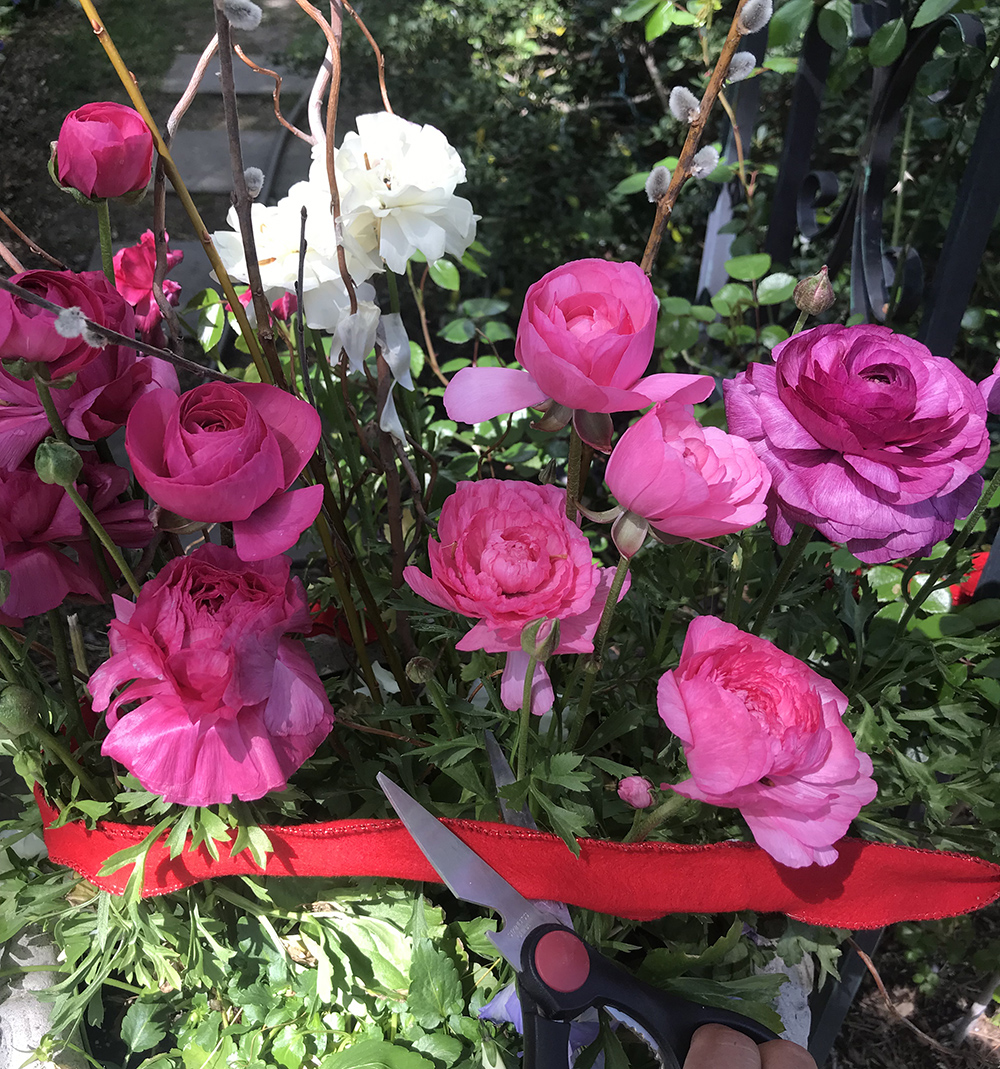Let It Grow
By Tammy Thornton
It’s time to cut the ceremonial ribbon to declare the grand opening of our gardens! Those of us who have been longing to plant beautiful annuals have an extra reason to celebrate Mother’s Day. Always occurring on the second Sunday of May, the holiday usually means we are safe from temperatures dropping below freezing. For that reason, gardeners often follow the rule of thumb of waiting until Mother’s Day to start planting annuals and tender perennials. After enduring an extra chilly spring, we couldn’t be happier to embrace warmer weather.
Of course, before you spend time in your garden, you’ve got to show your appreciation for mom. Bouquets of cut flowers are nice, but planted flowers are the gifts that keep on giving. A dozen roses in a vase may last a week or two, at best. But a rose bush planted in the garden can last a lifetime and bring a smile to mom’s face year after year. She will be delighted if you have flowers with a card in one hand, and a shovel in the other. Make sure your gardening services of planting the flowers are part of the gift, since spring is the perfect time to plant perennials. This gives the plants time to develop roots before the dog days of summer. Planting shrubs and trees in cooler weather will minimize transplant shock.
Do you and mom have your sights set on the beautiful flowering trees that look so lovely this time of year? Keep in mind that the sweet little dogwood or redbud tree you see at the garden nursery may grow to 25 or 40 feet in height, depending on the species. Consider what its size will be at maturity when choosing the planting site. Look for smaller varieties if you don’t have much space for growth. You should also observe the sun/shade situation in mom’s garden. Many flowering plants require full sun (six to eight hours of sun per day) to bloom their best. However, shade-loving flowers will be overwhelmed by full sun in the summer. Read the little tags tucked in the soil to learn the plant’s specific sun and water requirements, as well as its bloom time. You can also glean a lot of useful information about plants from the employees at the garden nursery.

Another thing to keep in mind when choosing a location for your new plants is the seasonal changes of light. In early spring, most deciduous trees are only starting to bud, but haven’t regrown their leaves. By late spring and summer, the leaves form a canopy that could cause a sunny section of your garden to become quite shady.
Now a word of caution. The “Mother’s Day rule” is only a guideline. After this date, we are not likely to get a night below freezing. However, some plants like petunias and hibiscus could suffer when temperatures dip below 50 degrees. Tropical plants are especially vulnerable. Keep an eye on the evening forecasts. If the temperatures are predicted to be very low, bring portable plants such as hanging baskets and pots into a protected area like a covered porch or garage. If you can’t bring them in, cover them with something lightweight and breathable such as a sheet, draping it to the ground. Do not use a plastic covering which can trap moisture and do more harm than good. Remove any coverings the next morning.
Shore Local news would love to hear from our readers. Please send any questions, comments, and your gardening pictures to: shorelocalgardener@gmail.com.
Happy Mother’s Day to all of our wonderful moms!
Tammy Thornton is a mom of four, a substitute teacher, and a Sunday school teacher. She is passionate about gardening and cooking, and loves the beach.






